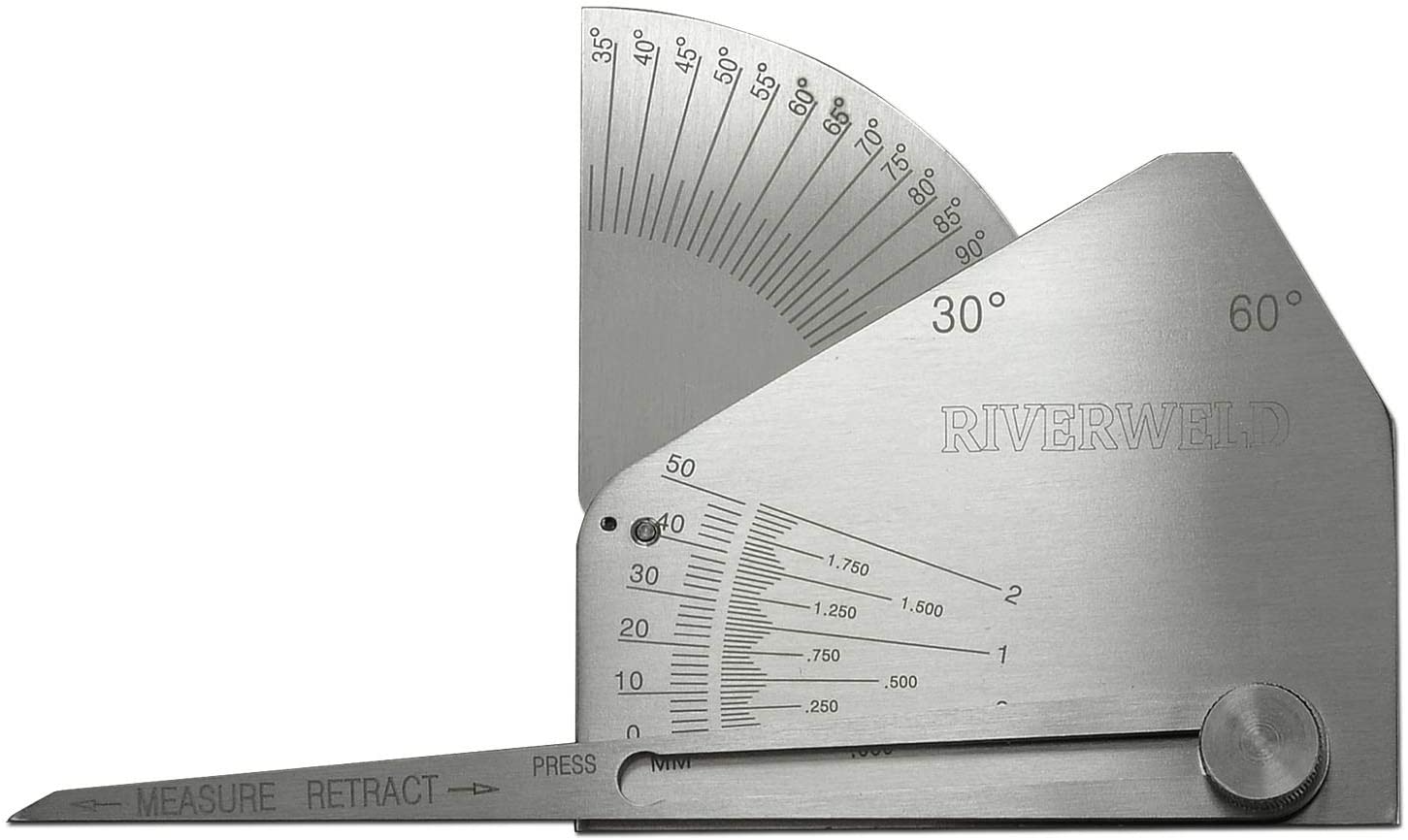The Ultimate Guide to Fillet Weld High Quality Control: Ensuring Strength and Resilience in Your Welded Joints
In the world of welding, making certain the stamina and resilience of fillet welds is paramount for the integrity of bonded joints. As we embark on this expedition of fillet weld high quality control, we will certainly discover crucial elements that affect weld toughness, dive right into efficient assessment techniques, and review strategies for preventing common weld defects.
Value of Fillet Weld Quality Control
Making sure correct fillet weld top quality control is extremely important in assuring the architectural stability and longevity of bonded elements in different sectors. Fillet welds are commonly utilized in structural steelwork, bridges, stress vessels, pipes, and other essential facilities where the stamina of the weld is essential to total safety and security and performance. Quality assurance measures such as aesthetic assessments, non-destructive screening, and adherence to welding treatments aid determine possible problems like lack of blend, insufficient penetration, undercutting, or too much reinforcement.
Secret Variables Impacting Weld Toughness
Attaining optimal weld strength requires careful consideration of different essential elements that influence the honesty and longevity of the bonded joint. The first essential aspect is appropriate joint preparation, which entails cleaning the base steels to get rid of any type of impurities that can deteriorate the weld. Additionally, the fit-up of the joint is important to guarantee correct penetration and fusion of the filler material.
The option of the ideal welding method and criteria likewise plays a significant duty in determining weld stamina. Factors such as heat input, traveling rate, and electrode angle can impact the top quality of the weld. Additionally, keeping the proper interpass temperature throughout multi-pass welding is essential to prevent splitting and guarantee a solid bond in between the layers.
In addition, the selection of filler material and its compatibility with the base steels is critical for attaining high weld strength. Making use of filler material with the proper mechanical properties can improve the overall honesty of the weld. Lastly, post-weld warmth treatment and correct inspection strategies are necessary action in making sure the stamina and longevity of the welded joint.
Examination Approaches for Weld Integrity

One more crucial evaluation approach is fluid penetrant screening, where a fluid color is applied to the weld surface area - Gauge Fillet Weld. The dye seeps right into any type of surface-breaking defects, making them noticeable under UV light. This method is efficient for discovering imperfections that might not be visible to the nude eye


Ultrasonic screening is likewise commonly made use of for checking weld stability. High-frequency audio waves are directed right into the weld, and any type of interruptions in the audio wave pattern show prospective flaws like splits or absence of combination.
These inspection techniques play an important duty in making certain the high quality pop over to this web-site and dependability of welds, ultimately adding to the overall stamina and longevity of bonded joints in commercial setups.
Avoiding Common Weld Flaws
In order to keep the architectural honesty of welded joints in industrial applications, it is crucial to carry out safety nets to deal with common weld problems. One typical issue is absence of fusion, where the filler material fails to bond properly with the base metals, resulting in vulnerable points in the weld. This can be avoided by guaranteeing proper heat control and utilizing the right welding strategy.
An additional frequent concern is porosity, triggered by gas entrapment in the weld steel throughout the welding procedure. To avoid this, it is important to clean the base metals thoroughly, make use of completely dry electrodes, and maintain an ideal welding atmosphere with appropriate ventilation.
Additionally, cracks in welds can endanger the joint's toughness. To avoid this problem, it is necessary to control the air conditioning price after welding, utilize preheating when essential, and pick suitable welding specifications.
Enhancing Bonded Toughness With Proper Strategies
One critical technique to boost weld durability is to make sure correct weld grain positioning. By placing the weld bead accurately within the joint, the weld's toughness and resistance to fatigue can be considerably improved.
Furthermore, employing appropriate pre-weld and post-weld warm therapies can help in reducing recurring tensions and improve the weld's durability, making it extra resistant to splitting and failing over time. One more technique to enhance weld sturdiness is to utilize high-quality welding consumables and base materials. Selecting the appropriate filler metal and making certain the cleanliness of the base metals can stop inclusions and various other problems that might endanger the weld's durability. By executing these proper strategies, welders can guarantee that their bonded joints more info here display extraordinary toughness and toughness, satisfying the greatest top quality standards.
Final Thought
Finally, keeping premium quality control standards for fillet welds is important for making sure the toughness and durability of bonded joints. By recognizing the vital factors affecting weld strength, using inspection approaches for weld integrity, preventing usual weld defects, and using appropriate strategies, welders can boost the total resilience of their welds. It is critical to focus on top quality control procedures to create long-lasting and dependable welded joints.
In the world of welding, guaranteeing the stamina and his explanation sturdiness of fillet welds is vital for the integrity of bonded joints. As we begin on this exploration of fillet weld top quality control, we will reveal vital factors that affect weld stamina, dive into reliable evaluation approaches, and talk about approaches for avoiding usual weld defects.Attaining optimum weld toughness requires cautious factor to consider of different vital aspects that affect the integrity and durability of the welded joint (Gauge Fillet Weld).In verdict, maintaining high quality control standards for fillet welds is important for making sure the strength and sturdiness of welded joints. By comprehending the vital variables influencing weld toughness, making use of inspection methods for weld honesty, avoiding typical weld flaws, and utilizing appropriate strategies, welders can improve the general sturdiness of their welds